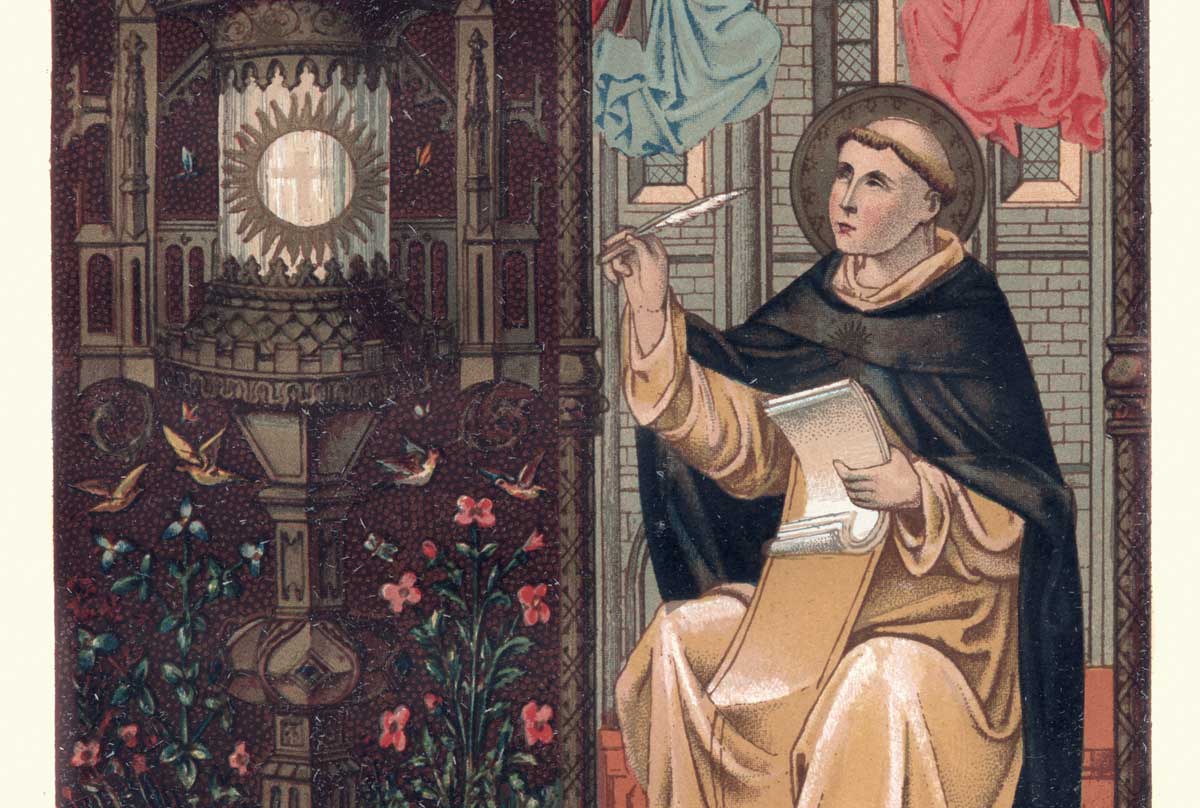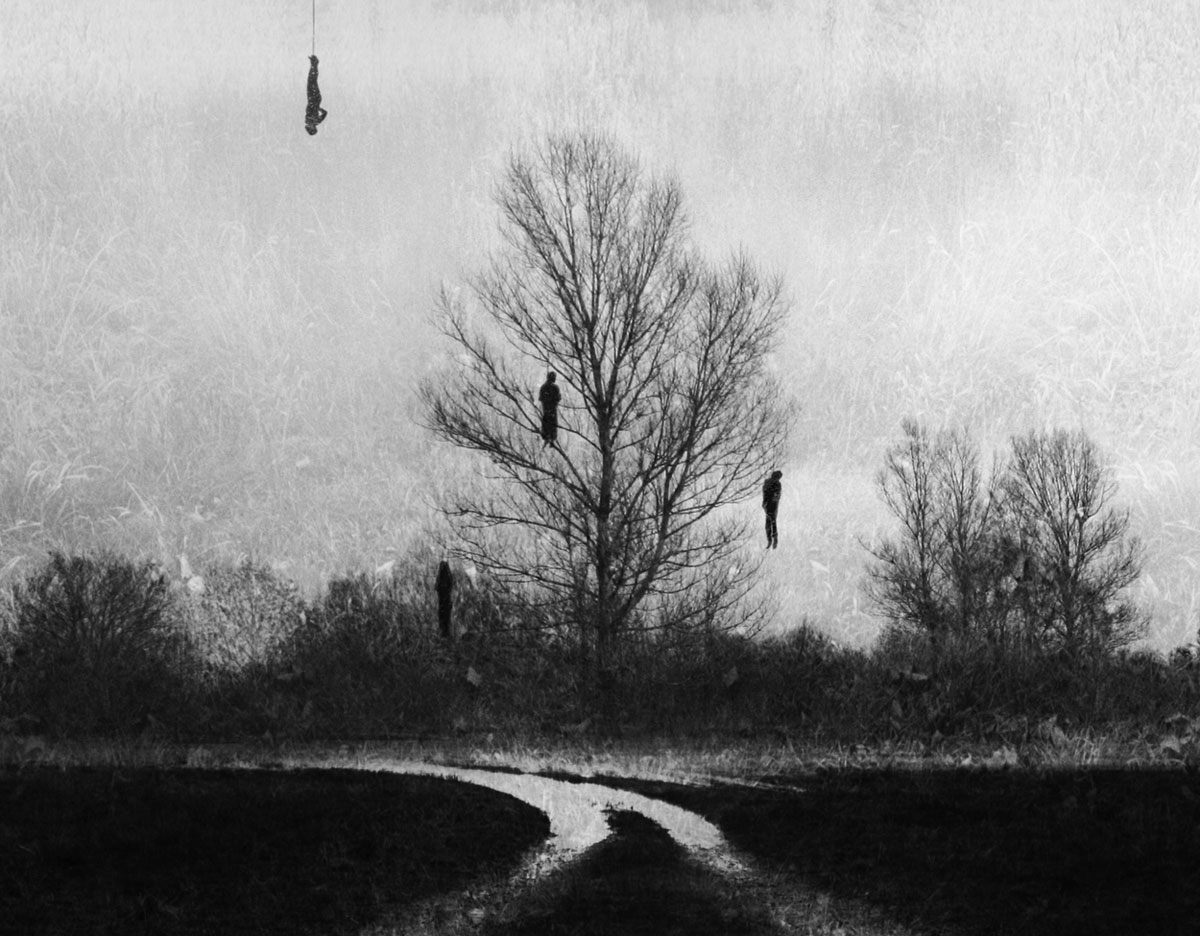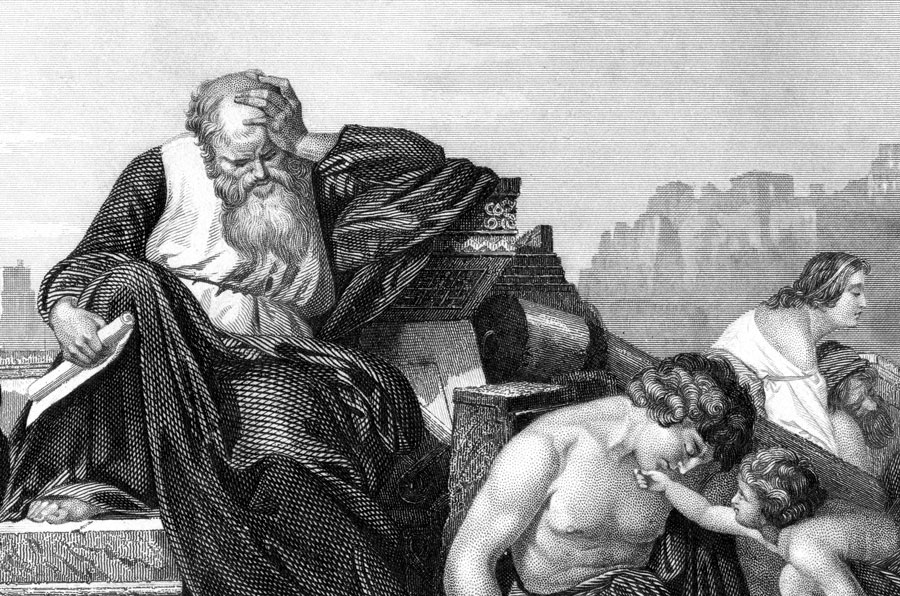The Origin of Aesthetics
Looking for Beauty & Justice 150 Years After Darwin’s Classic
by Charles Taliaferro & Jil Evans
In September of 2006, a philosopher and two visual artists were ushered into the office of a major curator of a leading museum in Amsterdam. The three of us had secured the appointment to discuss the genre of menagerie paintings. The artworks we were interested in were seventeenth-century paintings of the natural world, depicting a rich, diverse abundance of animals and plants.
The overall mission of our little group, of which this visit composed a part, was to consider the artistic treatment of nature before and after Darwin. Our initial hypothesis was that the pre-Darwin menagerie paintings, influenced by both Calvinist and Catholic thought, displayed a vision of a restored or redeemed natural world. These works showed nature at peace, both beautiful and just. We were enchanted by what we saw as the confident celebration of the goodness of the natural world as God’s re-creation, and we were keen to see how the natural world was re-envisioned in the visual arts in light of Darwinian evolution.
The meeting, however, was quite awkward, because while the curator confirmed our hypothesis, he showed little interest in the menagerie paintings. He referred to them as quite common and said they were considered merely decorative in historical and aesthetic terms by art historians across the globe. “These works are simply unimportant,” he declared.
Fumbling for a way to pique his interest, we took turns offering possible ways in which the menagerie paintings could be seen as significant: They might involve a fascination with the exotic, or they might depict a return to Eden through Christ, or perhaps, since they portrayed many of the animals brought back to the Netherlands by explorers and colonists, they marked the heightened social status of their owners. “Yes, yes, these are all probable readings [of these incredibly unimportant paintings]” was the impatient response. While we furtively searched our notes for something, anything, that might redeem the appointment, the curator suddenly asked: “Are you interested in black people?”
The three of us and the curator were Caucasian. Although startled by the question, one of us managed to say, “Oh, very much indeed!” The curator then directed us to a recent museum-published journal, which contained an article documenting what is believed to be the earliest portrait of an African man in the Netherlands, dating from the sixteenth century.
Slavery & the Moral Imagination
Later that night, after trying to recover from our appalling performance as scholar-artists, the three of us began to wonder about the meager representation of black Africans in Dutch artwork of the sixteenth and seventeenth centuries, which was during the height of the Dutch slave trade. This was a striking omission because, while it is largely assumed that the Atlantic slave trade involved mostly the Spanish, Portuguese, French, and British, the Dutch actually dominated the global slave trade for a brief time in the seventeenth century (and were also the most expansive European power trafficking in slaves in the history of Southeast Asia). Moreover, when the British finally outlawed slavery in their territories (in 1834), the Dutch settlers in southern Africa persisted in holding slaves, moving their farms to the margins of British influence.
The Dutch persistence in holding slaves and in seeing black Africans merely as assets was sometimes “justified” on the grounds that these Africans were biologically nearer to animals than human beings. While some simply argued that black Africans were an inferior human race, others actually contended that they were closely related to apes.
bulk subscriptions
Order Touchstone subscriptions in bulk and save $10 per sub! Each subscription includes 6 issues of Touchstone plus full online access to touchstonemag.com—including archives, videos, and pdf downloads of recent issues for only $29.95 each! Great for churches or study groups.
Transactions will be processed on a secure server.
more on evolution from the online archives

23.6—November/December 2010
Darwin, Design & Thomas Aquinas
The Mythical Conflict Between Thomism & Intelligent Design by Logan Paul Gage
more from the online archives
calling all readers
Please Donate
"There are magazines worth reading but few worth saving . . . Touchstone is just such a magazine."
—Alice von Hildebrand
"Here we do not concede one square millimeter of territory to falsehood, folly, contemporary sentimentality, or fashion. We speak the truth, and let God be our judge. . . . Touchstone is the one committedly Christian conservative journal."
—Anthony Esolen, Touchstone senior editor













